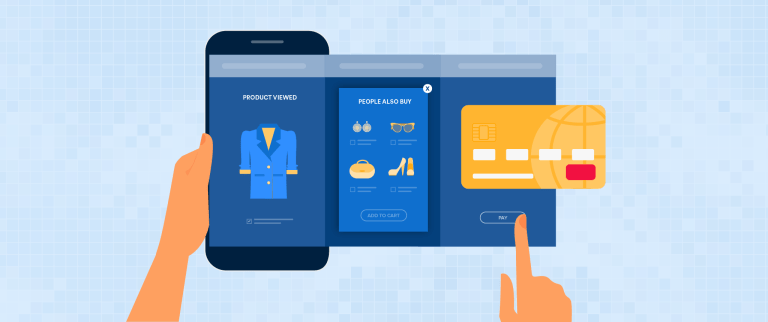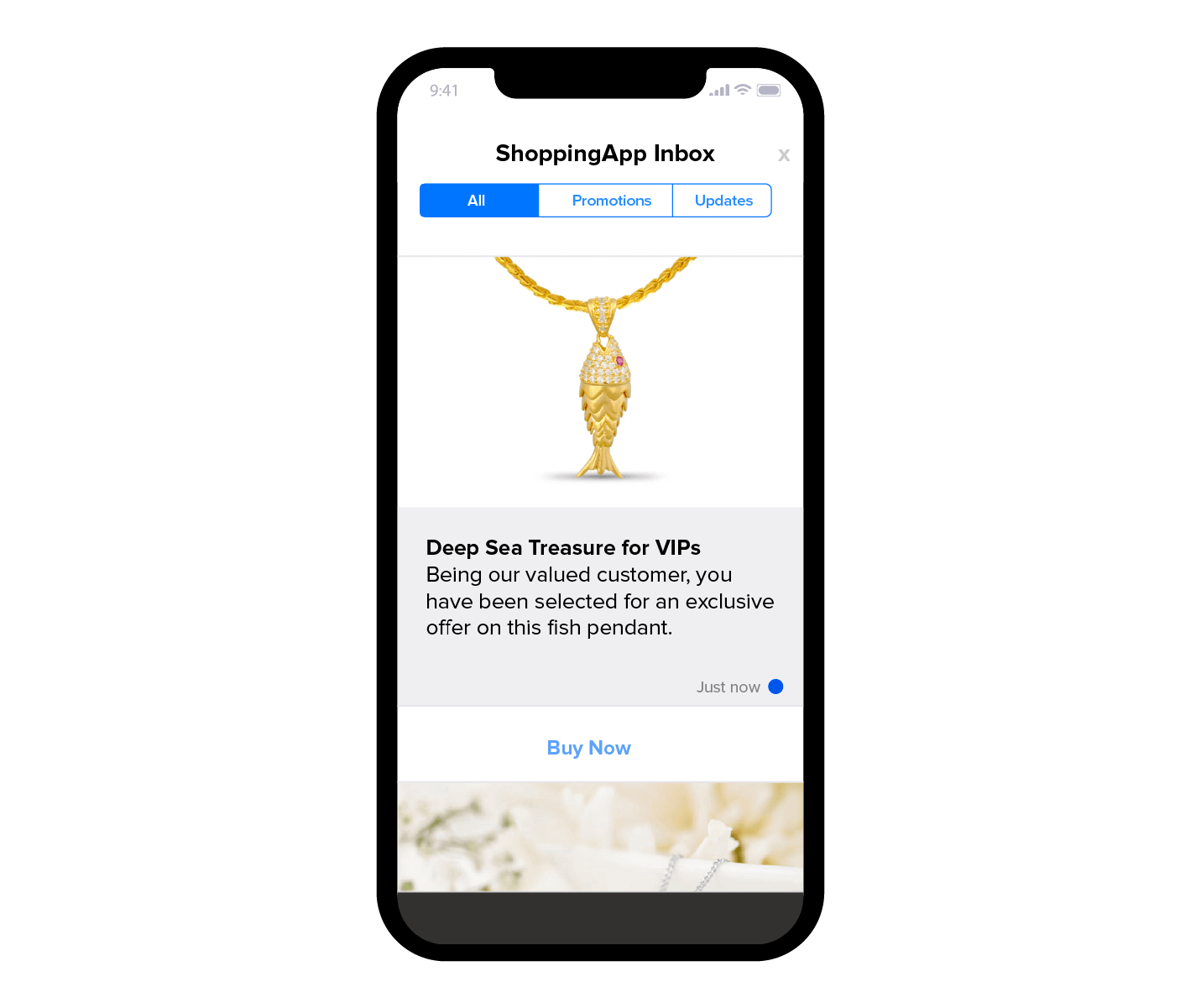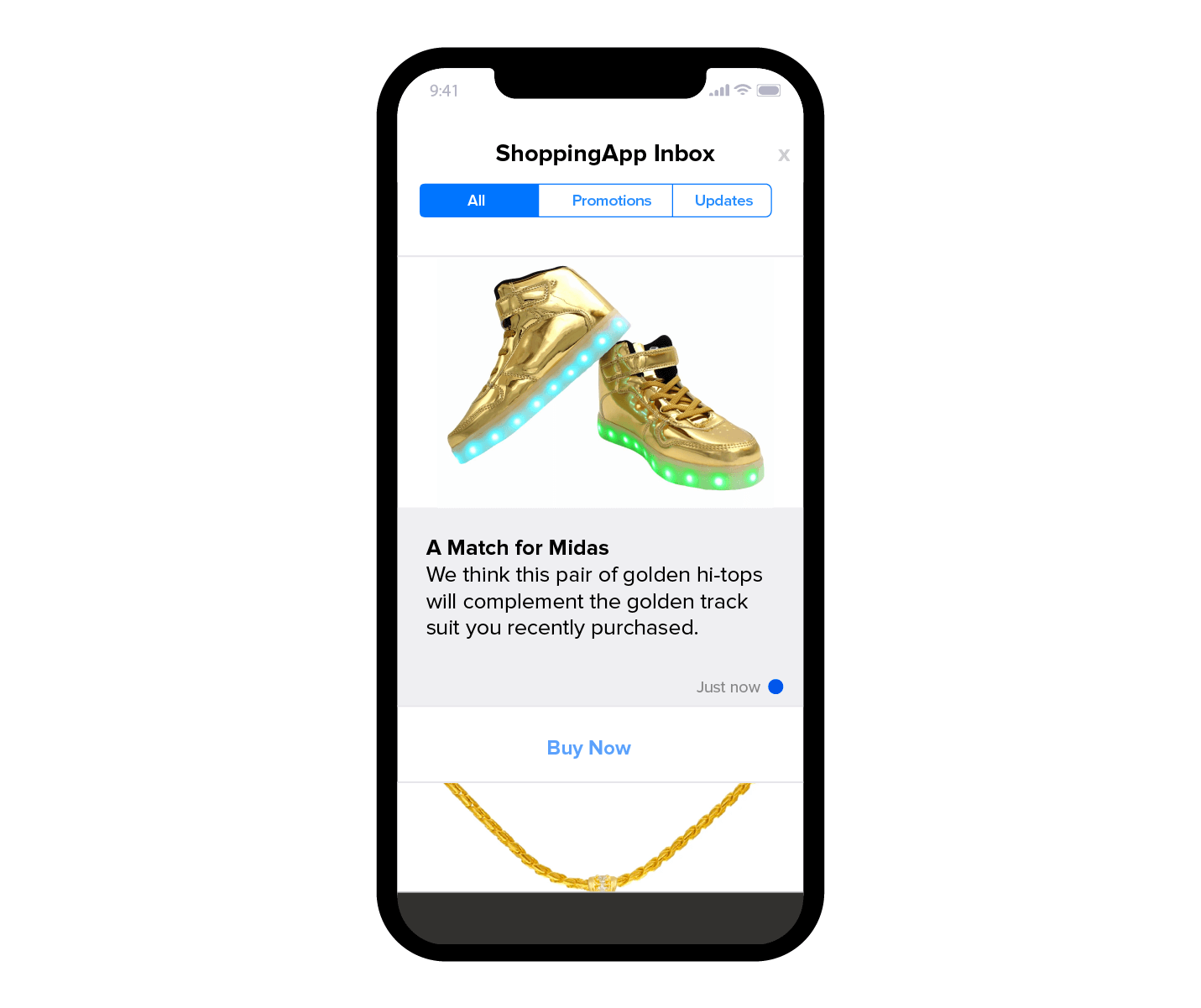Learn how you can Unlock Limitless Customer Lifetime Value with CleverTap’s All-in-One Customer Engagement Platform.

The concept of recommendations has been around since Amazon first added “inspired by your shopping trends” or “top picks for you” to its website.
When customers are on the lookout for an item, they are hoping to find the best possible one out there. Their search is comprised of hundreds, if not thousands, of digital touchpoints. Through these interactions, customers expect brands to learn about them. In fact, they’re willing to spend more money if they receive a thoughtful, targeted experience.
While generating recommendations has become fairly standard, there continues to be an increasing level of frustration when they’re not personalized.
One of the key reasons is that growth teams have approached recommendations as a short-term product-centric strategy instead of a long-term brand strategy. So recommendations are seen as a means to drive more conversions on the website or app instead of using them as a sustainable way to increase customer lifetime value and loyalty and eventually optimize the end-to-end customer experience.
So how do we bridge this gap from a short-term campaign strategy to a long-term growth strategy? How do we ensure that we account for rapidly evolving lifecycle stages?
Using CleverTap, you can easily identify and automate ‘who to send’ and ‘when to send’ your campaigns.
But now with Product Recommendations, we’ve taken the next step to assist you with your engagement strategy. With this latest feature, you can automate the ‘what’ of customer interactions with 1:1 personalized recommendations that dynamically adapt to customer purchase behavior, buying patterns, and usage trends.
Using an AI-powered system that allows complete control over merchandising, growth teams can create intuitive targeting rules for millions of catalog items. This means our recommendation engine can generate recommendations unique to each user.
Once the recommendation engine generates specific content for each user, growth teams can send these out via In-App, Push, Webhooks, SMS, and App Inbox. They can build rich marketing communications using images, videos, deep or external links, with custom fields in their catalog definition to personalize the message. Omnichannel campaigns can also be triggered based on specific user behavior such as “add to cart” or “searched” to bring further context.
You can create multiple types of recommendations based on different filter criteria.




Vertical/Use CaseDescription
| Ecommerce: Increase upsell opportunities using multiple custom recommendations in one message | For example, trigger an In-App message in real time when a user adds an item to cart: – Recommend other items frequently purchased or searched together in the last 30 days AND – Recommend only high margin items often added to cart together |
| Media/OTT: Increase viewing time per user with recommendations optimized to user preferences | For example, once a user completes watching a teaser video of a fantasy TV series: – Recommend other shows that have been watched together with fantasy TV shows in the last 10 days AND – Exclude already watched content from within recommendations AND – Include popular shows in that genre |
| Travel: Optimize customer experience by avoiding repetitions and ‘not available’ scenarios | For example, for a user browsing for a hotel on your website: – Enrich user experience by limiting the recommendations to only hotels that are available using live item catalog capability to avoid ‘No longer available’ scenarios – If the user has seen the top 3 properties, serve the next 3 properties to avoid repetitive recommendations – Recommend a list of trending hotels |
The goal of our recommendation algorithm is to provide diversity and novelty, so you can expect product recommendations that have low count to figure in the top recommendations while maintaining the relevancy of engagement. This industry-leading capability will allow you to create unique recommendations for each user from your product catalog. This will then be available for you to run your engagement strategies through channels like In-App, Push, and more. Each user, based on their generated recommendation, will receive a relevant and highly personalized message.
CleverTap’s Product Recommendation is currently in Beta. You can write to us at sales@clevertap.com to get a quick demo or request early access to try it out.